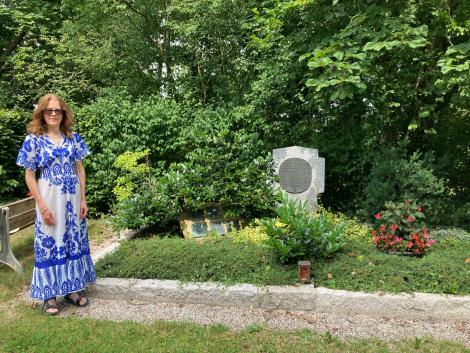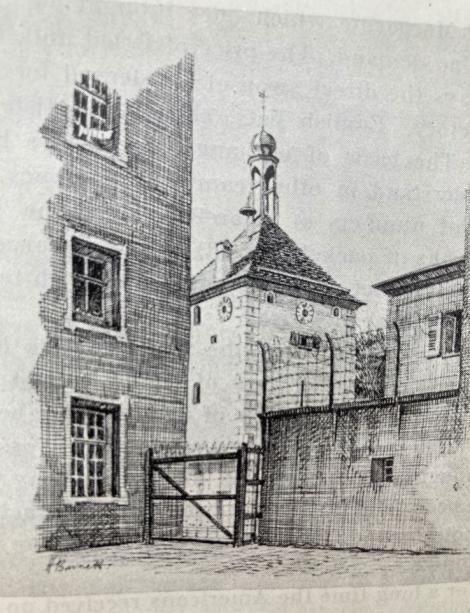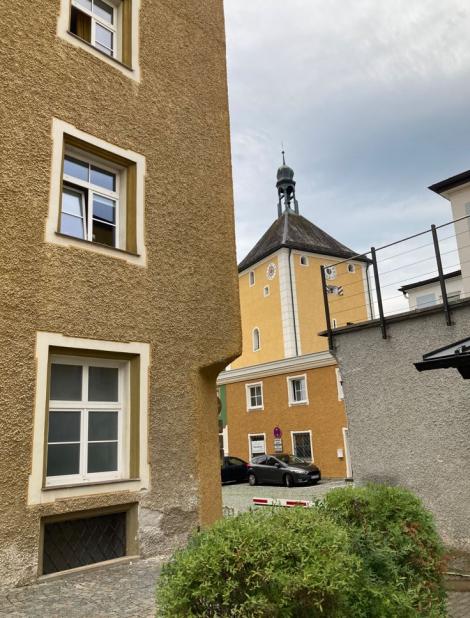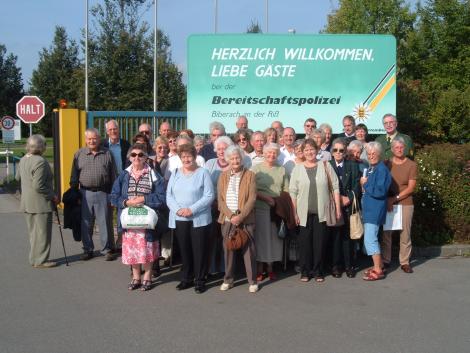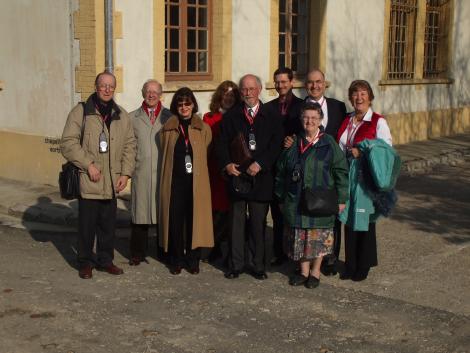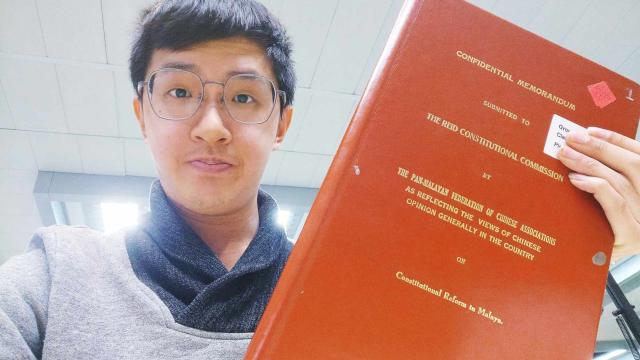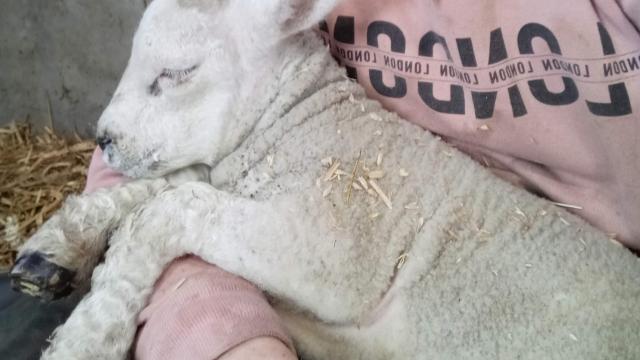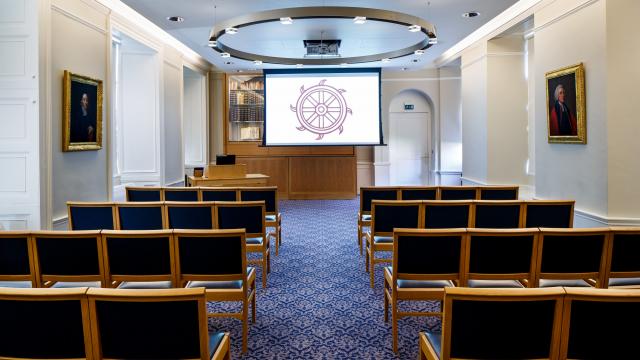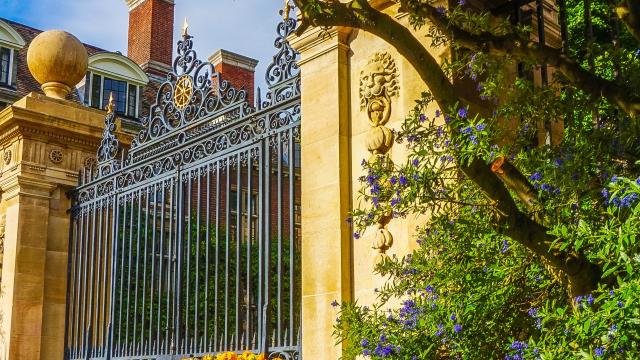
A Fellow of St Catharine’s has recently returned from visiting sites across Europe where civilians from the Channel Islands were interned during World War II. Dr Gilly Carr (2006) is Director of Studies in Archaeology at St Catharine’s and we caught up her to find out more about what these visits had revealed and their relevance to her research.
How are your visits to sites of wartime internment supporting your research?
"As my sabbatical draws to an end, I am very pleased to have finished the manuscript of my eighth book. A Materiality of Internment will be published by Routledge next year. The book examines the objects and artwork made by civilian internees in Germany during WWII, asking how we can understand the experience of deportation and internment from these artefacts, as we will be compelled to do after the last generation of internees leave us. It draws on the case study of deported Channel Islanders who made up the single largest interned group of Britons in Germany.
"2,300 people were deported in total from the Channel Islands during the German occupation in two waves: in September 1942 and February 1943. Different groups of people were chosen for deportation, but the largest group were men born outside the Channel Islands and their families. Others included men who had fought in the First World War, those who had served prison sentences for offences against the occupying authorities, British Jews, and large families from the fourth-largest Channel Island of Sark."
Where were these civilians interned and which sites have you been able to visit?
"Together, these internees were split between 9 different civilian internment camps or Ilags (Internierungslager): Laufen, Biberach, Wurzach, Dorsten, Compiegne, Kreuzburg, Tost, Spittal, and Liebenau. The vast majority, however, were in Laufen (unattached men from Guernsey and Jersey), Wurzach (Jersey families) and Biberach (Guernsey families). Seven members of my father’s family were in Biberach, but also experienced Laufen and Compiègne. My husband’s father and grandparents were also in Biberach, and I met him in 2007 in Guernsey through interviewing him about his family’s experiences. I like to joke that he was an unexpected outcome of research! One of my best friends, who works in a similar area, is also married to the son of an internee, so perhaps there are more of us out there.
"Of these nine camps, I have visited Biberach (in 2006), Wurzach (2008), Liebenau (2006) and Compiegne (2008) with former internees, and Dorsten (2022) and Laufen (2023) alone. Biberach was, before the war, an army barracks and is now used as a police training camp. The camp landscape has been entirely remodelled. Schloss Wurzach was a school before the war and today is used as a home and spa for senior citizens. Liebenau was once known as an asylum; most of those who lived there were taken away for the Nazi ‘euthanasia’ programme before the internees arrived. Many of the original buildings still stand. Compiègne, just outside Paris, had been a military barracks before and after the war, but during the Nazi occupation of France it held multiple roles as a transit camp for French Jews and for political prisoners who were sent to concentration camps, as well as a civilian internment camp for Americans and – for three months in 1943, for Channel Islanders. Most of the former camp was demolished between 2000 and 2008 to create a housing estate, and today three barracks, used as a museum, still stand. Dorsten was built in the 1930s by the Nazis as a camp, and held Polish prisoners just days before the Channel Islanders arrived. Today a few concrete hut bases remain; local seniors use the former camp area as an archery range. Schloss Laufen is perhaps the most unchanged today, and the building that once housed internees is divided up and repurposed for local businesses."
|
|
|
Why is it so important to visit these sites?
"It has been immensely valuable to have visited these sites for my book. When travelling with former internees, so many of their memories are triggered by features of the buildings or rooms. Where nothing remains or where extensive remodelling has taken place, it is the views of the landscape around the camp that has brought back memories. I have also gained a much better understanding of the camp geography, which has helped in the interpretation of artworks.
"Today there are formalised relationships between the Channel Islands and Germany. Jersey is officially twinned with Wurzach (now Bad Wurzach). There are strong links, with annual exchanges, between Guernsey and Biberach. This has greatly helped the long process of reconciliation and forgiveness. Links with Laufen are now lost; no former Laufen internees are still alive, so my visit in July was important to re-open relationships with the town, plan a future exhibition, and visit graves of Islanders. Last September I visited Dorsten on the 80th anniversary of arrival of internees. The Bürgermeister, Tobias Stockhoff, held a ceremony in the local cemetery, by the graves of three Islanders, and brought bouquets of flowers for each grave. It was an emotional visit, and he was subsequently invited to Jersey this May, along with the Bürgermeisterin of Bad Wurzach, and the German Ambassador to the UK, Miguel Berger. I chaired an event on memory and reconciliation in the packed town hall of St Helier. Such events are still welcomed and important in formerly occupied countries. Reconciliation can be a long process for many people who lived through the war. Visiting the sites of internment and remembering those who were deported and interned still plays an important part in that process."
|
|
|
